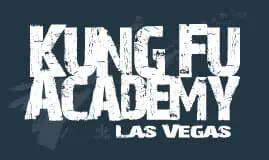Punyo Mano: The FCS Kali Game-Changer with a Knife-Fighting Edge When I first started training in Kali and Escrima 20 years ago, all I wanted to do was work on Sinawali. Sinawali is double stick patters for those of you who are new to martial arts. Anyway, I felt like the counters and applications of Kali
When you first start in something new, you might feel a little intimidated. Especially if it involves martial arts. If you’re thinking about trying our Wing Chun class, I know that you might be wondering what your very first class will be like.Here’s a breakdown of what you can expect when you come to your
Chinese Lion dancing is more than just a festive show. It’s a time-honored tradition that expresses many aspects of Chinese culture, values, and beliefs.Where Does the Chinese Lion Dance Come From? The Southern Chinese lion originated in Guangdong Province over 1,500 years ago. Over a long period time, this tradition spread across the world, and
The concept of yin and yang is foundational to Eastern philosophy. You will find this concept throughout Tai Chi and Qigong. Yin and Yang are opposite yet complementary forces. Think of s light and dark, hot and cold, and so on. But have you ever considered how this idea of yin and yang manifests in your
Tai Chi Chuan is an ancient Chinese martial art. It is celebrated for its flowing movements and profound depth. there are two fundamental concepts for all styles of Tai Chi. These are relaxation and sinking. Although these concepts seem simple, they are the keys to unlocking the full potential of Tai Chi. Understanding Relaxation in
Page [tcb_pagination_current_page] of [tcb_pagination_total_pages]
